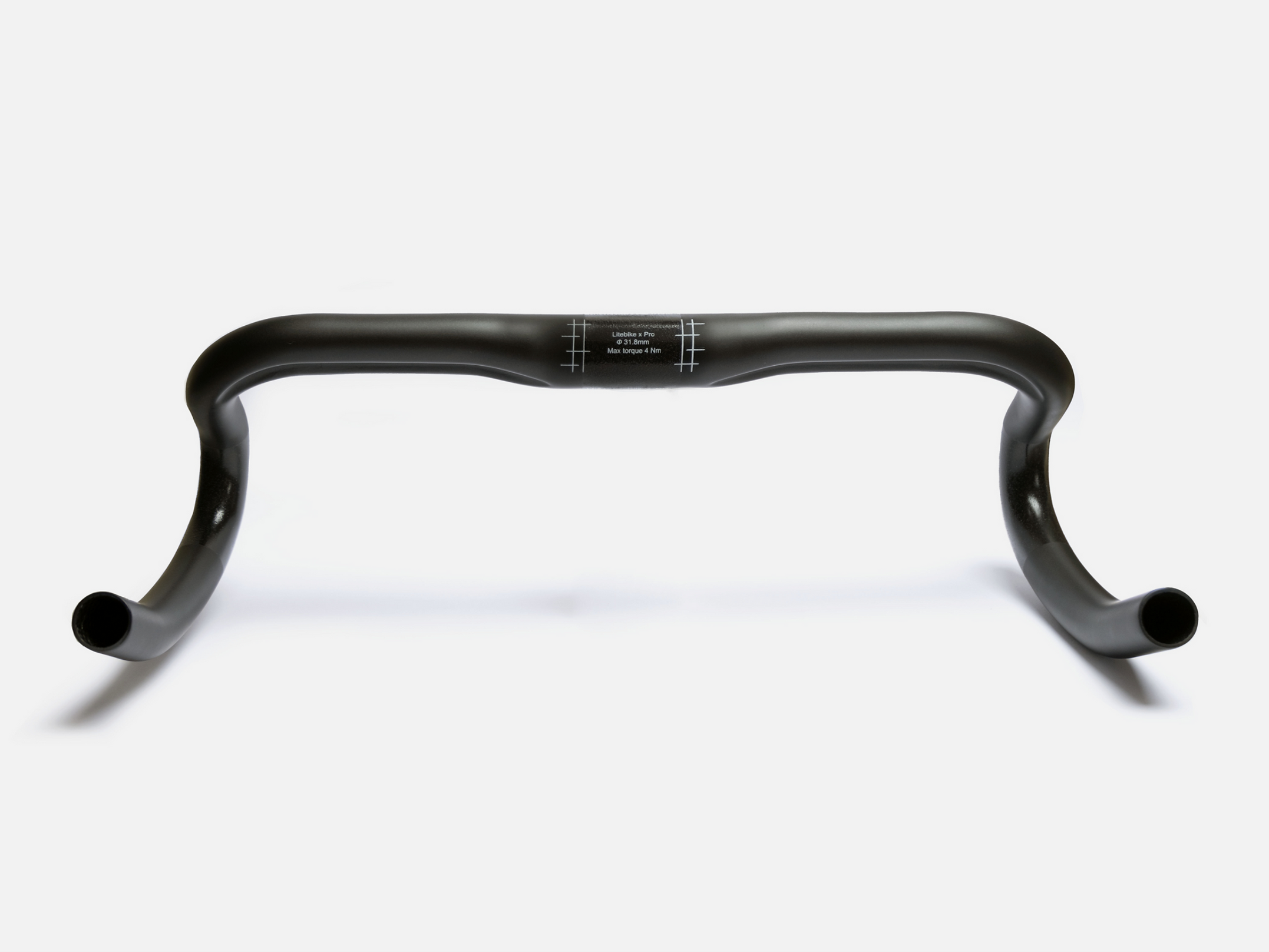Completing the iconic Land's End to John o'Groats (LEJOG) cycle is top of the bucket list for many cyclists. The 1,170 mile (1,883 km) ride is a proper eye-opening adventure, with diverse landscapes and a special glimpse into everyday life in the towns and villages across the full length of England and Scotland. Many cyclists describe cycling LEJOG as a deeply personal experience and a chance to get to know the Britain in a new, intimate way.
While there is no official route for cycling LEJOG the shortest end-to-end distance is approximately 874 miles (1,407 km). However, many cyclists choose to meander to avoid busy roads or take scenic detours which extends the journey.
LEJOG Cycle Map
We have mapped the entire route which is 1,170 miles (1,883 km) and uses the National Cycling Network as much as possible to avoid busier roads. You can download a digital copy of our map here. If you're unsure how to use the map, read our GPX guide here.
Route Guide
This first section winds through picturesque Cornish countryside, as the rugged cliffs of Land’s End and Penzance fade from sight. Cornwall’s rolling hills make a challenging start but the stunning coastline and quaint villages like St. Ives and Port Isaac make up for it. As you cycle northeast, the landscape transitions leading to Dartmoor National Park. This is untamed Devon and cyclists find conquering the ancient tors and hills tough going.
As you leave Dartmoor behind, the journey continues through Devon with sleepy villages and lush greenery. As you head from Tiverton towards Taunton in Somerset it will start to get flatter. The scenery transforms into gentle meadows and meandering rivers like the Axe and Brue. The Somerset Levels cover an area about 160,000 acres (650 km2) to the south of the Mendip Hills, creating a wicked backdrop and with the flatter terrain giving the legs a proper break.
After Bristol it’s time for the Cotswolds - a region renowned for its English charm. The hills undulate, passing through quaint villages of the honey-coloured cottages. Broadway and Chipping Campden are among the most popular stops. While the rolling hills can be demanding, the panoramic views are worth the effort. This is the home of Litebike. We especially love the view from Cleeve Hill towards the River Severn, Cheltenham and west Gloucestershire.
This is where the route forks, with LEJOG cyclists either heading west of Birmingham towards Stoke-on-Trent and Manchester, or to the east to Leicester and Nottingham. This was the centre of the Industrial Revolution and the cycling blends urban environments and heavy industry with short stints of green space. We recommend cycling from Manchester to Whalley in the Ribble Valley and on towards Penrith.
From Penrith we recommend cycling through Gretna Green and Abington and up to Glasgow. As you cross the border into Scotland, the landscape becomes more dramatic. A mix of open fields, dense woodlands and winding country roads. Alternatively, if you have cycled east of Birmingham, Northumberland and the east coast is beautiful and unspoiled, dotted with little fishing villages like Seahouses, Craster and Beadnell and historical landmarks like Bamburgh Castle and Lindisfarne. From Edinburgh the route jaunts through the haunting beauty of Glen Coe and the enchanting wilderness of Cairngorms National Park.
This is the true spirit of the Highlands. The final miles pass through the remote, rugged coastline of Caithness. It’s windswept up here. This is the Britain untamed, at its most raw and epic. John o’ Groats is the sum of everything before it.
10-14 Days Required
The time it takes to cycle LEJOG varies but on average cyclists usually complete LEJOG in about 10 to 14 days. Some cyclists choose to take a less direct route to include points of interest or choose to take rest days. It is possible to cycle LEJOG in as little as 7 to 9 days taking a direct route and covering about 100 miles (160 km) per day. However, this requires a higher level of fitness and endurance as much as a perfectly mapped out route. The record is held by Andy Wilkinson, who completed the journey in 41 hours, 4 minutes and 22 seconds.
Getting Ready
Conquering LEJOG takes proper physical training and mental preparedness. We suggest doing some structured training in advance, which involves coming up with a cycling training plan and sticking to it. As we have written in depth elsewhere, an effective training plan should incorporate regular, easy-paced rides to build endurance and aerobic fitness. These should make up 70-80% of your training volume. The other 20% should come from high-intensity sessions, such as hill segments, that help build speed and strength and your anaerobic capacity.
Any effective cycling training plan for LEJOG should include optimising rest and recovery to prevent overexertion. We have discussed the relationship between the regenerative role sleep plays in improving cycling performance in a previous post if you are interested in learning more.








